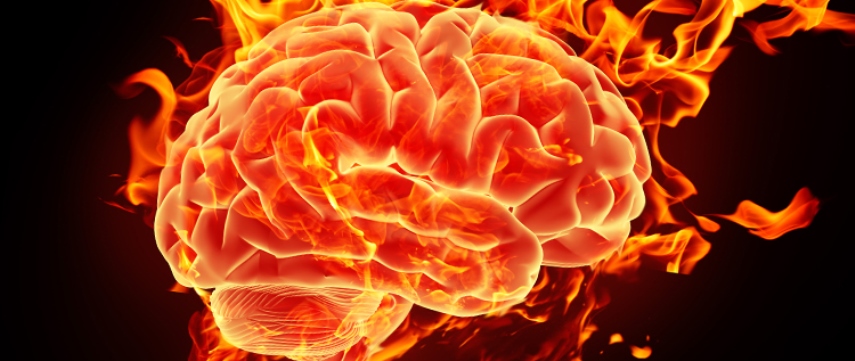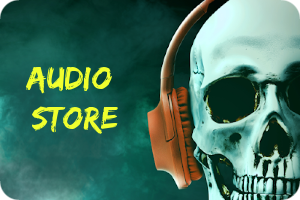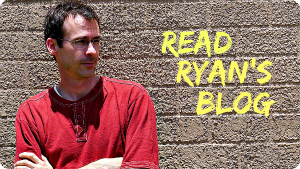In this special episode we go into Michael Shea's classroom to learn about his current approach to head trauma.
Major areas of exploration:
1- Nature of TBI/Concussion
2- ANS – Defensive physiology; traumatic stress circuits
3- Soft tissue/ Osseous reflexes, orienting, head righting
4- Compromised cerebral blood flow, lymphatic movement
5- Manual therapy (CST), bridging/blending palpation skills
6- Attunement cycle – self-other-space
Overview Of First Protocol:
1. Sit, settle, attune
a. body scan, movement of respiratory diaphragm, heart, movement of the tide within the field of the heart (heart to heart connection)
2. Carotid sinus
a. assess for superficial/deep, fast/slow, strong/weak
3. AOJ – flexion/extension, vertebral artery
a. Most important piece is flex/ex movement, because that is the developmental movement that happens in the womb. This is the rehabilitative motion that we need in head traumas.
b. Wait through a couple of releases. Gradually, you being to put a little bit of flexion and then wait. Then go through extension and wait.
c. When it begins to happen spontaneously, this is when healing has begun. Create the intention for movement and then see how that travels to your hands, the hands invite the movements and waits to see how the head responds.
d. Once this happens, it is easier for the vertebral artery to move fluidly—however, this may happen first due to other soft tissue space having been created.
4. V spread at occipitomastoid suture
a. Avoid extraneous contact with the skin.
b. Sense the space between your hands.
5. CV4
a. Second go-to alternative. Stacked hands or pinky contact from the sides.
b. Evaluate the lateral/medial movement of the occiput
c. Some say this is where you have the greatest ROM of the occiput.
d. Intrinsic motion, settling stopping, starting with new type of motion.
e. Anticipation is that the starting after the stopping would have more vitality and surge than the previous cycle. There is a build up of strength/potency
6. Parietal lift
a. ILA – feel the motion, stopping, and new motion. Again, the restart should feel stronger. “Ignition”
7. Coccyx-radial
a. Bridging between the two systems, waiting for the two hands to synchronize.
8. Feet
a. Can hold the heels or scoop on top.
b. From French osteopathic view, holding the feet reintroduces the organism to birthing. Because in the womb, the kicking of the feet initiates a lot of this action. By holding the feet, there is something to provide resistance that now it can work against.
Side effects
If you finish a session and they don’t feel better. Start with the sacrum or feet. Get the system grounded.
Hold feet 3-5 minutes or coccyx-radial; start with just coccyx first for side effects. Get comfy there prior to including the radial pulse.





